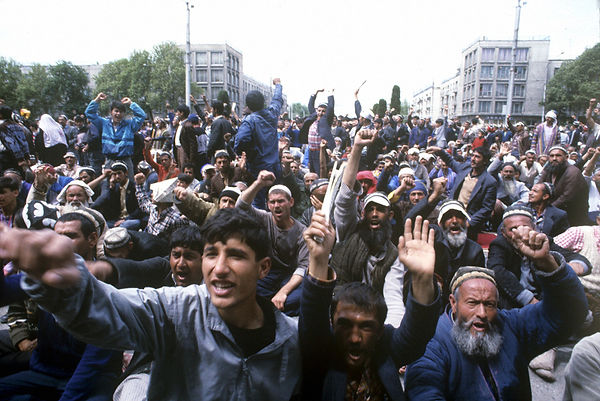Tajikistan

The smallest country in Central Asia, Tajikistan's post-soviet story is a rocky one. In the immediate aftermath of the disintegration of the Soviet Union, the country plummeted into a five-year civil war that claimed more than 60 thousand lives and displaced more than a million people. Although peace talks brought the fighting to an end, democratic reforms never really transpired in Tajikistan and until this day, the country is governed by a family-run dictatorship lead by Emomali Rahmon.

Unlike other Central Asian states which have modernized in the last 30 years, Tajikistan remains relatively undeveloped, with half of its labor force working abroad, mainly in Russia, China and Afghanistan and its economy focused on a handful of large industrial assets.
However, there are important practical and theoretical reasons to research Tajikistan. Despite stagnation, the country is in fact strongly connected to the global economy with its leaders using a variety of offshore accounts and shell companies to hide illicit proceeds. It also borders China's Xinjiang province and Afghanistan- two regional hot-spots for global conflict. The strategic location and the current political direction of the regime make researching Tajikistan all the more important to the general discussion about developments in Central Asia.